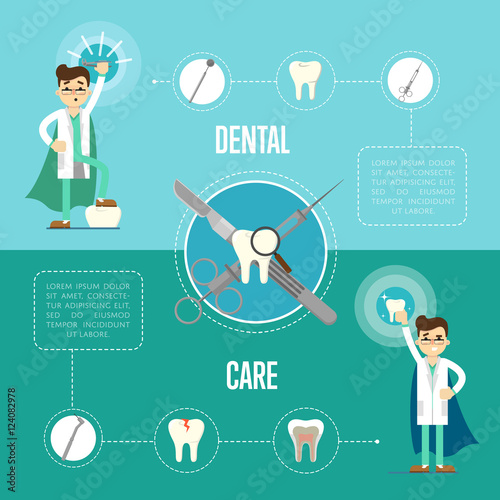When faced with the decision between Invisalign and traditional braces, you may ask yourself which alternative lines up much better with your way of living and choices. The choice entails more than simply the aesthetic charm; it delves into elements like therapy period, convenience, and long-term oral wellness impacts. Consider the effect each choice might have on your day-to-day routine and self-esteem. As we discover the extensive contrast, you'll acquire understandings into the subtleties that make these orthodontic treatments unique and find which one may be the better fit for you.
Products and Building
When contrasting Invisalign to standard braces, the materials and construction differ significantly. Invisalign contains clear, smooth plastic aligners customized to fit your teeth. These aligners are virtually unnoticeable, making them a popular choice for those looking for an extra discreet orthodontic therapy.
On the other hand, typical braces entail metal brackets that are glued to your teeth. These brackets are then attached by cables and elastic band, applying stress to progressively shift your teeth into the wanted position.
The building of Invisalign aligners enables a more comfortable fit contrasted to traditional braces. The smooth plastic product decreases irritability to your cheeks and periodontals, which is a typical concern with steel braces and cords. In addition, Invisalign aligners are removable, making it easier to clean and floss your teeth without any obstructions.
In contrast, conventional dental braces are fixed onto your teeth, calling for additional care and time for correct upkeep.
Upkeep and Oral Health
The maintenance and oral health practices vary in between Invisalign and traditional dental braces because of their unique style and construction.
With Invisalign, you can get rid of the aligners when consuming or cleaning your teeth, allowing you to preserve your regular dental health regimen without any blockages. It's crucial to comb your teeth after eating before placing the aligners back on protect against food particles from getting caught and causing decay.
On the other hand, standard braces need added attention to maintain your teeth tidy. Food particles can quickly get stuck in the brackets and cords, causing plaque build-up and potential tooth decay. You'll need to make use of unique devices like interdental brushes or floss threaders to clean between the cords and braces properly.
https://coveteur.com/2019/03/30/women-share-personal-invisalign-experiences/ -ups and cleanings are important to make certain that your oral hygiene is in top problem while wearing standard dental braces.
Presence and Visual appeal
Exposure and visual appeals play a considerable function in the comparison between Invisalign and standard dental braces. When Dental Abscess pertains to appearance, Invisalign uses a clear benefit over standard braces. Invisalign aligners are practically undetectable, making them a preferred choice for those that prefer a much more discreet orthodontic therapy choice.
Unlike the visible metal braces and cords of typical braces, Invisalign aligners are clear and blend in with your all-natural teeth, enabling you to smile confidently throughout your therapy.
Typical braces, on the other hand, are much more obvious because of their metal parts. While some may go with vivid bands to customize their braces, others may really feel awkward concerning the visibility of these orthodontic home appliances. The popular appearance of traditional dental braces can sometimes impact an individual's self-worth, specifically for adults in professional setups.
Conclusion
To conclude, when choosing in between Invisalign and traditional dental braces, consider your way of life and preferences. Invisalign offers a very discreet and comfortable choice with easy maintenance, while conventional dental braces provide vivid modification but may influence self-esteem.
Ultimately, the decision needs to be based on what works best for you in regards to looks, comfort, and convenience. Make sure to speak with your orthodontist to determine the most ideal therapy for your private requirements.
